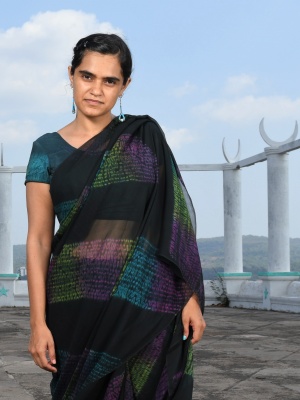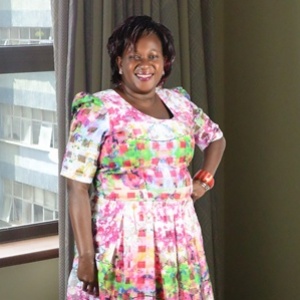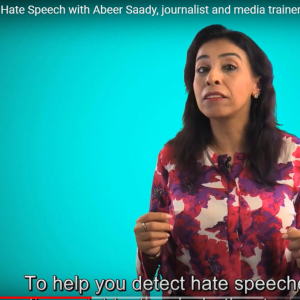She has rounded up her last lot of figures, put them to bed and retired.
By Kristine Ramm
Solveig Helvik spent 8 years producing accounts, for IAWRT- Norway and for IAWRT- International after a long career in broadcasting.
She was officially thanked for her service by the international board at the mid-year members meeting of the Norway IAWRT chapter. (pic right with Norway Chapter head, Kristine Ramm)
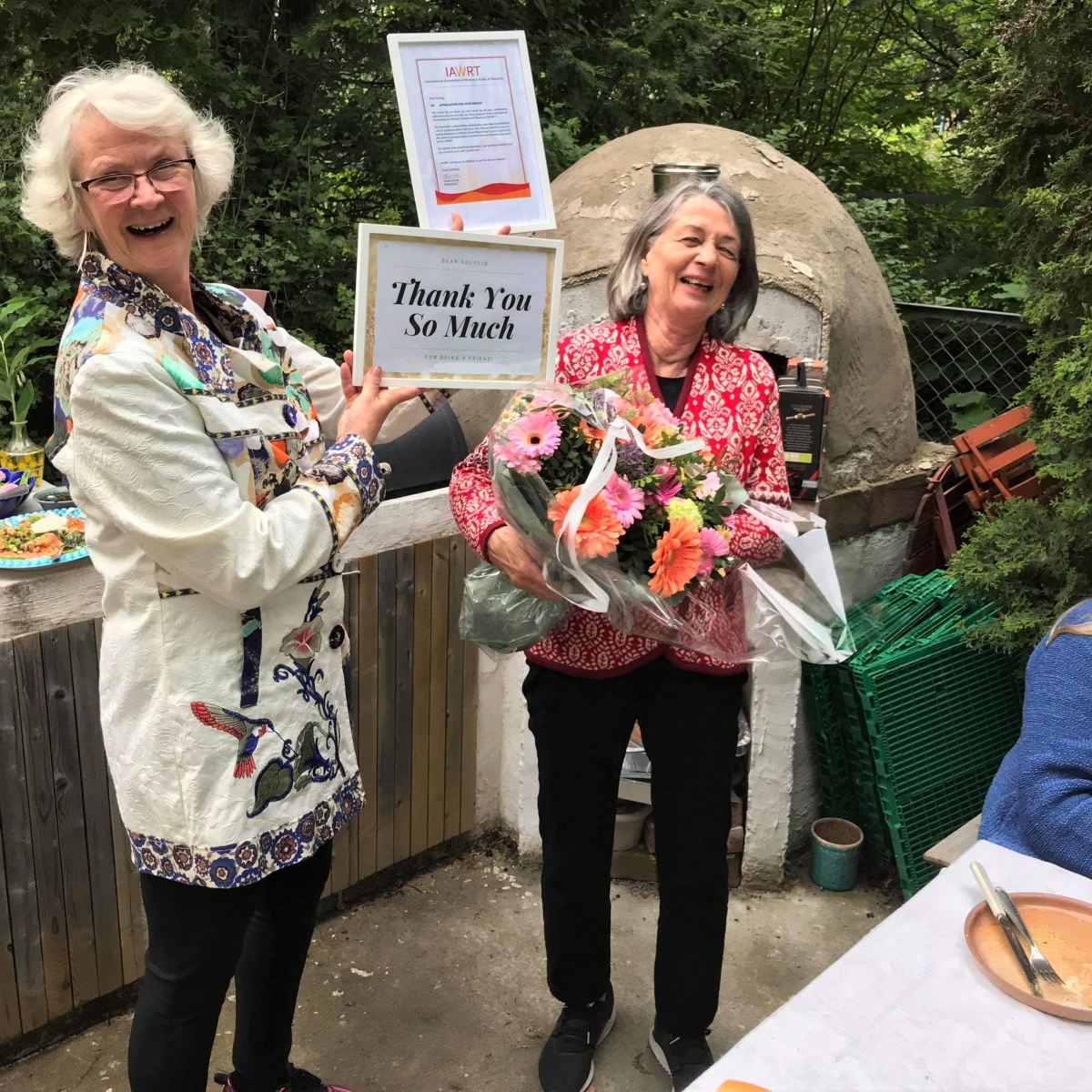
“It has been a lot of work – much more than I had estimated. This last year’s accounts were tough, I almost thought I would break down”, Solveig laughs “But I am very stubborn, I always have been.”
That stubbornness has taken Solveig from rural Norway to careers in the Norwegian National broadcaster spanning more than four decades, to teacher’s college and university, and around the world dealing with the finances of IAWRT.
Solveig was born 1942, the eldest of 5 girls and 3 boys, in the beautiful village of Rosendal, by one of the fjords in the rocky west coast of Norway. At the time it was not common for girls to go to college, but education became more available for the post-war generation. To go to high school she would have to leave for the city. But the journey was postponed for a year. She stayed home, working in a general store, to be close to her brother, who was sick, and died at the age of 16. She later completed high school and was a village teacher for a short time.
Stubbornness emerges in her first job
Solveig joined a big and prestigious company in the city of Bergen, but it was not a good start in the workforce. “The girls in the company were paid less, not offered the same opportunities that the boys were. I saw I would have no possibilities of advancement, because I was a girl. It was so obvious, and I was not used to this kind of gender discrimination. Maybe I was not blunt enough – maybe I was too shy to speak up, being a girl from the countryside.”
“But I remember being really pissed off. I just didn’t want to stay in a company with such a poor gender policy. I wanted to get out of there. After 9 months I just left.”
More Than Four Decades in the Public Broadcaster
There were several hundred applicants when NRK (the Norwegian Public Broadcaster) advertised in 1968 for candidates for a course in television production and financial management. At that time there were no education for film or television in Norway outside of NRK. Solveig was one of 12 people selected for the coveted positions.
In another courageous move in 1973, Solveig left her job in NRK to get more education. “This was unheard of; I was told by my boss – nobody did that! It was almost impossible to get a job in NRK at the time, today I really don’t understand that I quit, but I did! I wanted more education.” She studied at the teacher’s college and two items at the university, Norwegian and History.
“As a single mother I had some financial state support. I had very little money for my son and me, but we managed. I do not regret for a second, it was really worth it”!
When she wanted to go back to NRK she had to struggle for the job, but supported by the trade union, she got it. As she says herself – Solveig can be very persistent!
From 1994 to 2000 she was one of two leaders for projects planning and a producer (project manager) for educational TV programmes as well as a production manager in the children’s programmes department. “So, most of my professional life I have had various work in educational TV. The last 12 years before I retired, I directed documentaries with historical content.” She resigned from NRK in 2016.
IAWRT and Solveig.
 In 2010 the IAWRT Norwegian Chapter recruited Solveig as a member – as it needed an accountant. After 6 years she was hired as the accountant of IAWRT International. The same year IAWRT introduced a virtual secretariat.
In 2010 the IAWRT Norwegian Chapter recruited Solveig as a member – as it needed an accountant. After 6 years she was hired as the accountant of IAWRT International. The same year IAWRT introduced a virtual secretariat.
However, she says this was “not obviously a god idea for the finance team” she says. Solveig was initially sent to Kenya to close the previous IAWRT secretariat and the accounts in Nairobi in 2016. They had professional staff to assist them, “In Norway salaries are much higher, and there was no money to pay for assistance.”
Solveig’s large dining table has been hosting IAWRT Norway’s Christmas members meetings for several years, but most of the time in the last few years it has been covered with receipts, accounts and large piles of paper.
She got access to the international accounting system the office in Nairobi used, but never really had the time to learn how to use it properly. Together with Gerd Inger Polden from Norway, at the time Vice President of IAWRT International, they simplified the system, and established their own, based on what Solveig had been using at her work. The system has been further developed by Solveig and served her well.
“But I realize that I should have attended a course in modern international accounting systems. Of course, I should have. We did discuss it, but it never came down to it.
“My experience from national TV program accounting and planning is not the same as doing accounting for an international organisation. I could have eased my work considerably, saved me time and worries. But there was never time, and the money was not there. We are an amateur organisation with voluntary workers. But financial managing is important, and we were wrong not to prioritize it.
A full time job – at least!
 Solveig has been 1 of 3 paid officers in IAWRT, like the Web journalist, paid an honorarium well below normal part-time wage rates. The Secretariat (communications) officer is paid a full-time basic wage.
Solveig has been 1 of 3 paid officers in IAWRT, like the Web journalist, paid an honorarium well below normal part-time wage rates. The Secretariat (communications) officer is paid a full-time basic wage.
“But this has been more than a full-time job, with so many projects, and hundreds of receipts from different countries. FOKUS demands a receipt for every penny spent. They are very strict about that, like every future funder likely will be.”
“Everybody feels that accounting is the most boring part of the job, but to be a sustainable organisation it is important to put enough attention and energy into it.”
“For the future IAWRT must take the financial part of the work much more seriously”. Solveig says. And it seems that her appeal has been heard, IAWRT Finance Officer, Jola Diones Mamangun was in Norway recently to assist Solveig and saw firsthand the extent of the job.
“For the long time you have been an accountant the international board did not see that you needed an assistant, ”Jola wrote in her thank you card to Solveig: “I have seen that you need support, I am working on putting it in the Financial Working Plan”
It is a final acknowledgement of Solveig Helvik’s three years of hard work that her successor should get more support. No doubt Solveig as an IAWRT member will continue to stubbornly speak her mind on that.

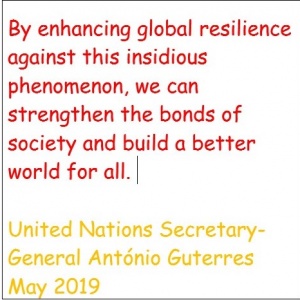
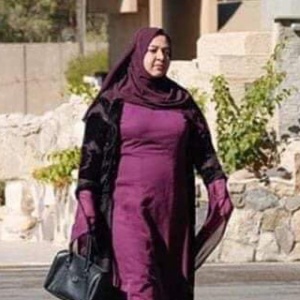
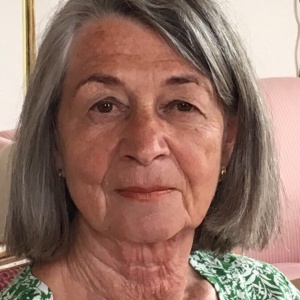

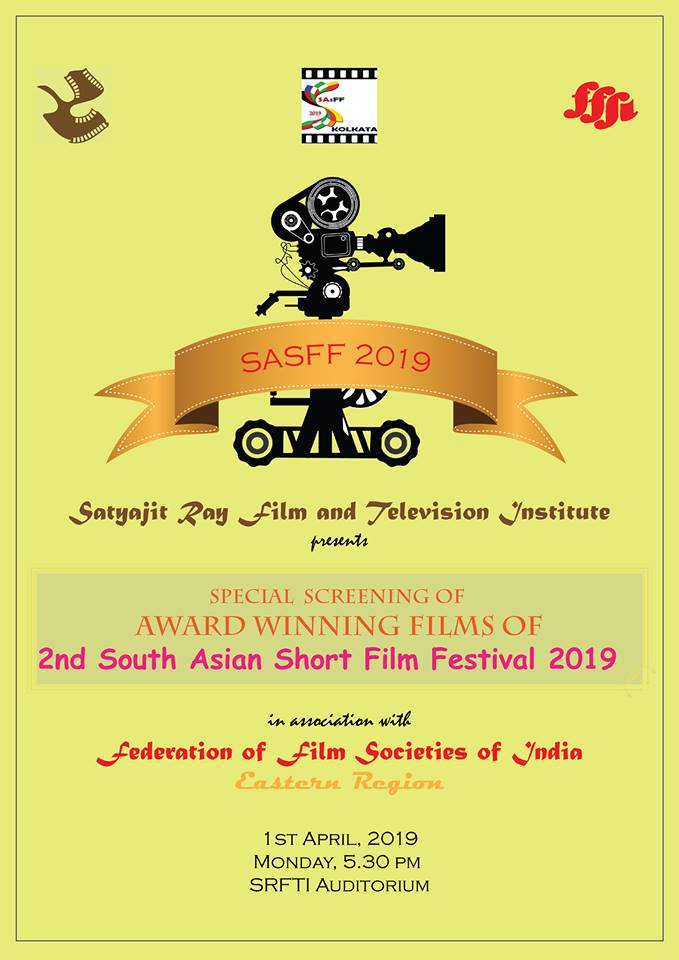 The film
The film

